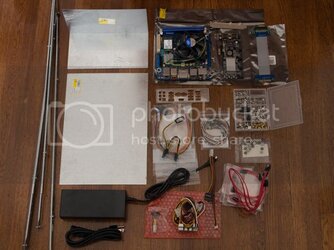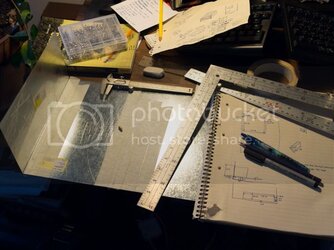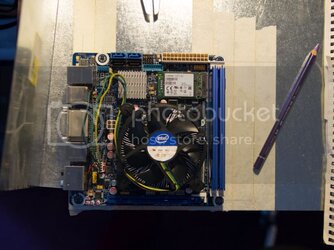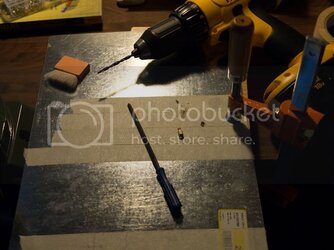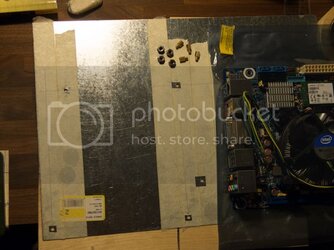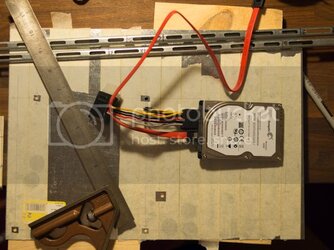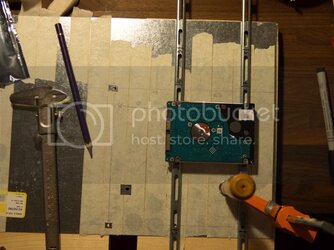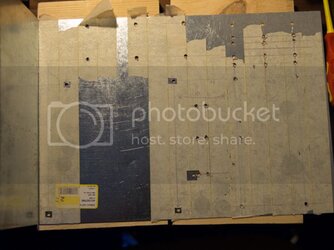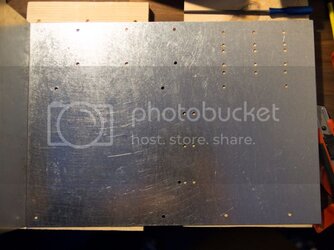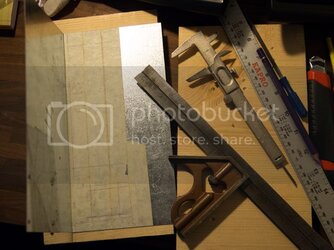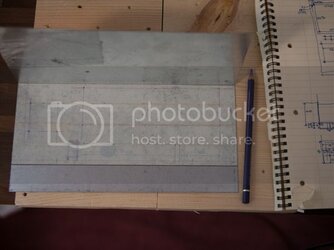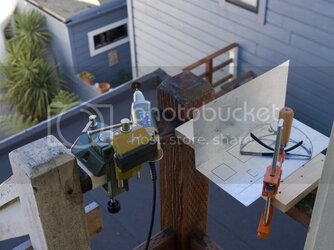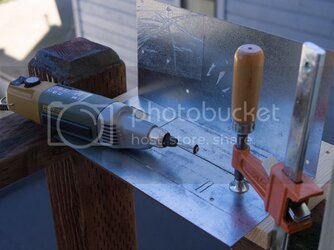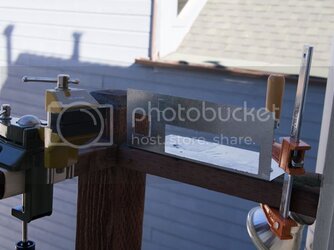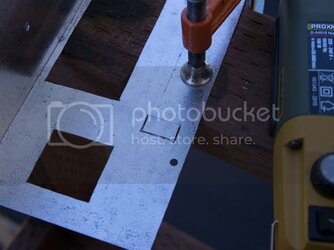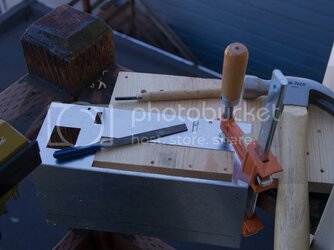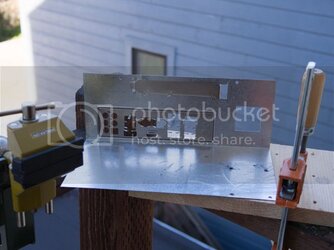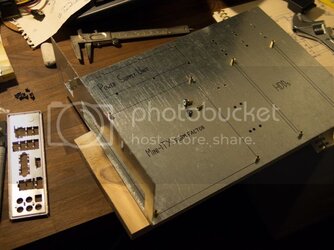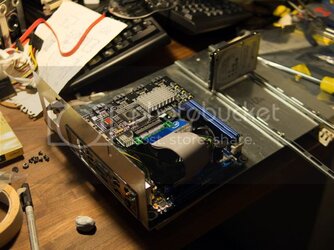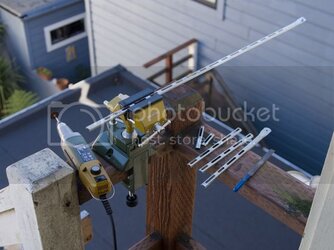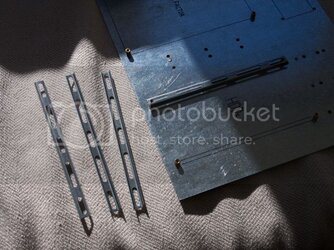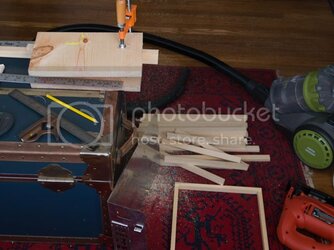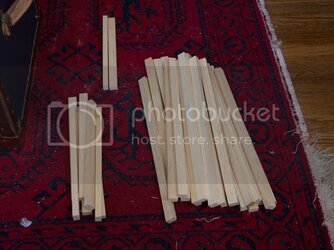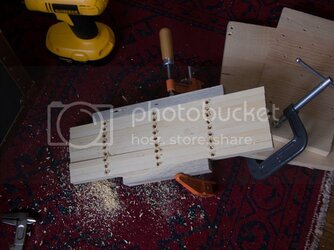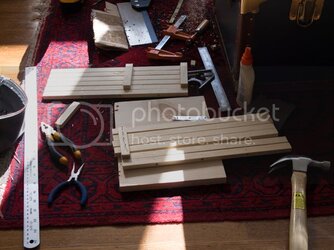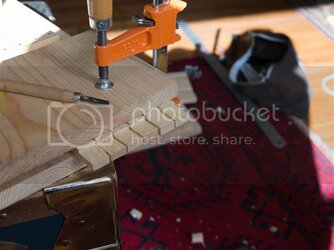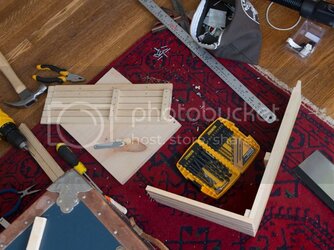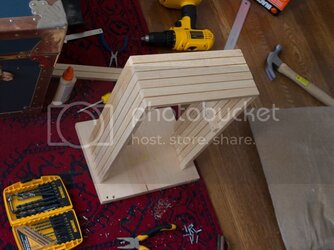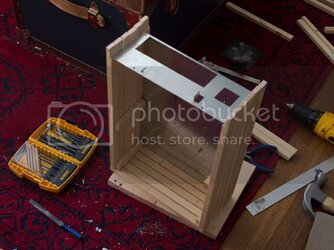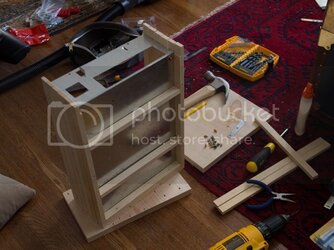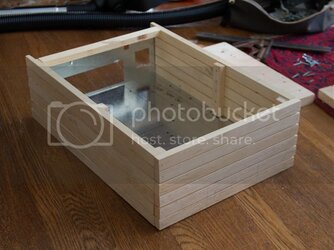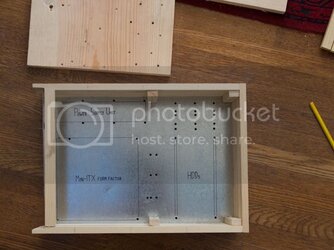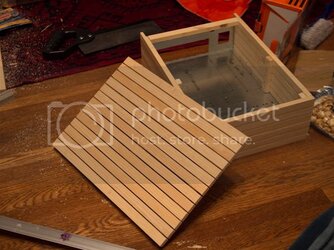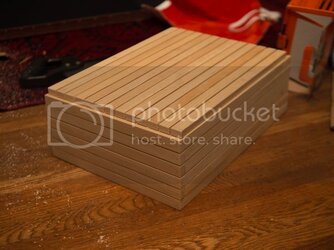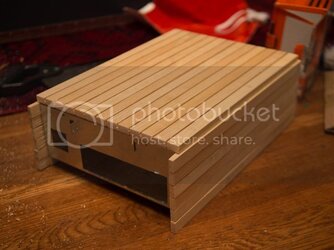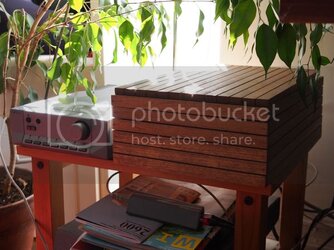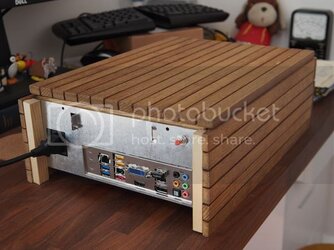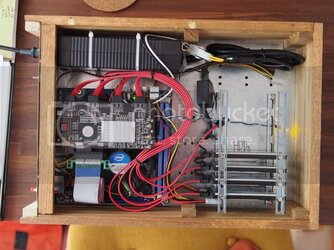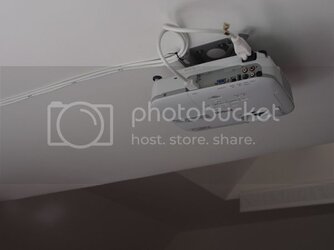- Joined
- Jan 28, 2013
- Location
- San Francisco, CA, USA
First-time caller, long-time listener. I've pulled a lot of inspiration from the projects that you guys and gals have made on these forums, and so I'd like to share one of my own. I hope you like it.
I have done quite a bit of research to find a replacement solution for my aging Infrant ReadyNAS, and I quite like the idea of making it into an HTPC too. I won't go deep into the requirements, but a high level summary:
I decided to build my own case, as a fun project. The design had to be relatively simple because I don't have access to a descent workshop - only some tools in my apartment.
Here's a drawing that kind-of describes the layout and the slatted-wood look that I am aiming for. You can see that it describes a metal tray to mount the computer hardware, and a slatted wooden shell to cover the whole thing. The idea is that the slats will allow heat to escape, as well as looking nice.

Some of the project is already complete (thanks to a long weekend) to I'll add a few posts immediately, and will try to remember all the little niggles I encountered along the way. After the build, this log may continue into some power and cooling optimizations (I have a feeling that I won't get it right the first time).
Cheers!
I have done quite a bit of research to find a replacement solution for my aging Infrant ReadyNAS, and I quite like the idea of making it into an HTPC too. I won't go deep into the requirements, but a high level summary:
- Silent and inconspicuous case: It will live in the living room, but I don't want to see it. I'm not a fan of flashy PC setups or blue LEDs.
- Low power: SSD root drive, spin-down disks, disable cores, etc.
- Reliable storage: It should house at least six 2.5" drives for RAID storage.
- HTPC: It should be reasonably powerful and have high audio output quality.
I decided to build my own case, as a fun project. The design had to be relatively simple because I don't have access to a descent workshop - only some tools in my apartment.
Here's a drawing that kind-of describes the layout and the slatted-wood look that I am aiming for. You can see that it describes a metal tray to mount the computer hardware, and a slatted wooden shell to cover the whole thing. The idea is that the slats will allow heat to escape, as well as looking nice.
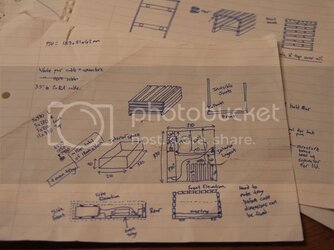
Some of the project is already complete (thanks to a long weekend) to I'll add a few posts immediately, and will try to remember all the little niggles I encountered along the way. After the build, this log may continue into some power and cooling optimizations (I have a feeling that I won't get it right the first time).
Cheers!
